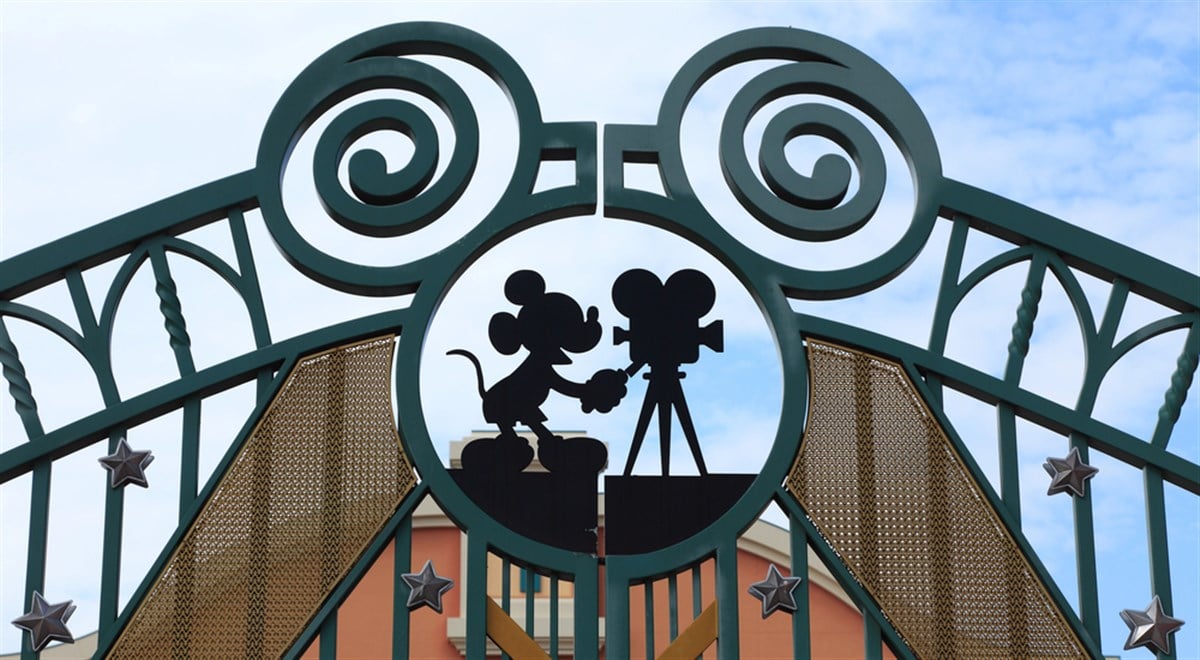
The credit cycle tends to bring extreme highs and lows for stocks. When the COVID-19 pandemic peaked in late 2020 and early 2021, the Federal Reserve (the Fed) was forced to drop interest rates to near zero, accommodating the credit markets for more accessible financing and boosting the business cycle.
Shares of The Walt Disney Co. (NYSE: DIS) jumped to an all-time high of $203 a share during these rate cuts, only to plummet down to their multi-year lows of $79 a share in late 2023, that’s a 61% retracement!
Of course, markets had their reasons for selling the stock off, and the flipside is turning out to be the case for Disney stock potentially returning to its former glory.
Investors shouldn't only bet on Disney's brand moat and penetration to build their bull cases, but also on the company's fundamentals, which could be about to turn.
Disney’s Brand and Moving Forward
[content-module:CompanyOverview|NYSE:DIS]Despite a disappointing performance in the past few years, accompanied by contracting margins across the board, Disney’s market positioning is still intact.
As of the past 12 months, Disney’s market share in the tourism industry stood at 94.7%, compared to peers like Six Flags Entertainment Co. (NYSE: SIX), which held only 1.5%, and SeaWorld Entertainment Inc. (NYSE: SEAS), which held only 1.8%.
Besides tourism and parks, Disney made significant investments in new growth areas, such as the broadcasting and streaming platform Disney+. Disney’s new turf is dominated by Netflix Inc. (NASDAQ: NFLX); however, that stock has been down nearly 20% in the past quarter compared to Disney, and there’s a reason for that.
According to Nielsen, Netflix still holds a 28% market share in the streaming market, though it is down from 31% just a year prior. Disney+, despite being the newer player on the block, now holds a 6% market share in a relatively short period, suggesting that Netflix’s declining share chose to go to Disney+ instead.
Disney’s nearly $90 billion in revenue speaks for itself; the $206 billion behemoth brand poses as an irreplaceable competitor in its main businesses, and recent investments could be about to pay off.
The Next Profit Cycle: Where Investors Get Paid
Disney took advantage of the low-interest rates during the pandemic, as management invested heavily in what are now Disney+ and Hulu acquisitions. Due to these heavy cash burns, investors weren’t prepared for a slashing in the company’s profitability.
Before the pandemic, particularly from 2015 to 2019, Disney’s financials showed a net income margin of 16% to 22%. After the pandemic, as parks were closed and streaming investments took a chunk out of the company’s cash flows, Disney’s net income margin fell to 3.7%.
The company operates at 80% lower margins than before the pandemic, a warning Disney’s fundamentals are steeply declining, giving investors something to think about. Comparing today’s figures to the rearview mirror is a start, but can Disney return to its former profitability?
Wall Street analysts think it can, as they project the company’s earnings per share (EPS) to rise by as much as 19.5% in the next 12 months.
Netflix is arguably a growth stock, more part of the technology sector than anything else. Analysts also see 20% EPS growth this year, giving Disney that much more weight.
More than that, analysts at Wells Fargo & Co. (NYSE: WFC) see a price target of up to $141 a share for Disney. J.P. Morgan Chase & Co. (NYSE: JPM) considers a similar $140 valuation today. Disney stock would need to rally by as much as 25% from today’s price to prove these targets right.
With $56 billion in institutional inflows, investors can see how others on Wall Street spotted this potential mispricing. Speaking of pricing, investors can get another gauge in Disney’s price-to-book (P/B) valuations today.
A 2.0x multiple would throw the stock into a decade-low valuation, excluding COVID-19 lows. As the stock has risen to 91% of its 52-week high prices, investors could assume that momentum favors Disney due to its generationally low valuation.
Where investors get paid is twofold. As the company keeps growing its revenues by mid-single digits and the net profit margins increase as the heavy streaming investments start to pay off, Disney’s book value could rise back to its 3.5x average.
The second, often forgotten, is Disney’s dividend reinstatement once these investments pay off and normalize the company’s free cash flow (operating cash flow minus capital expenditures). Once paying up to 2% in dividends, Disney is slowly returning with a 0.3% yield today.














